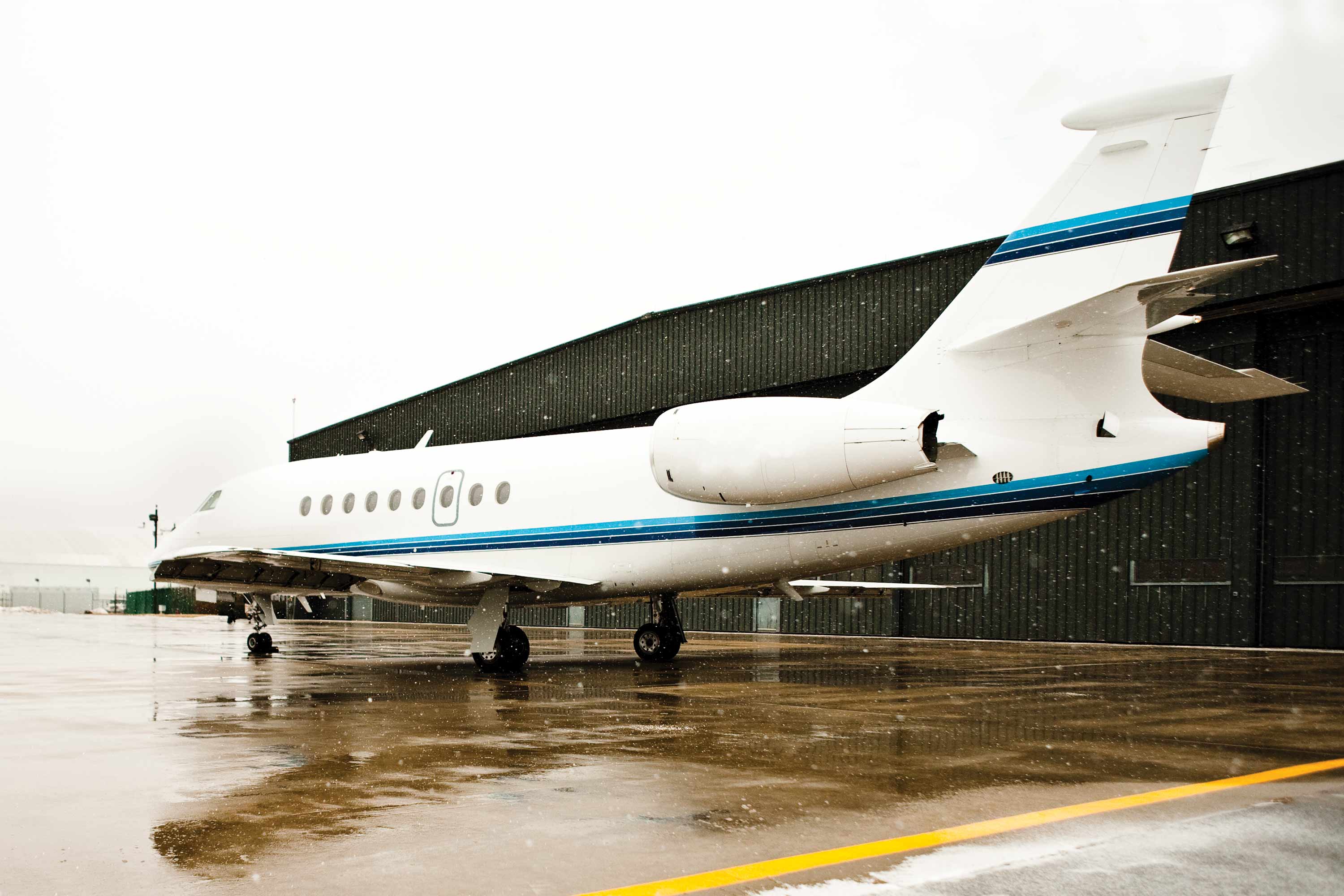
Oct. 21, 2016
New FAA takeoff and landing performance assessment (TALPA) standards for reporting runway conditions went into effect Oct. 1, bringing consistent procedures and objective criteria to a long-vexing safety challenge for all types of operators and aircraft.
The new requirements call for the use of a runway condition assessment matrix (RCAM). Using the matrix, airports assign a Runway Condition Code (RwyCC) from 0-6 to the runway”s condition, with 0 being ice and 6 being dry. Specific RwyCCs are assessed for each third of the runway, based on conditions.
The RCAM clearly defines each code. For instance, an RwyCC of 5 denotes a wet runway with less than 1/8-inch of water or or less of slush or snow.
“Airport operators will be going out there with a ruler and measuring snow or ice depths,” said Tom Lahovski, an FAA Flight Standards safety inspector and a member of the TALPA aviation rulemaking committee (ARC), which collaborated to set up the new TALPA framework. Lahovski presented the information Oct. 20 at a webinar hosted by NBAA, and sponsored by Zodiac Arresting Systems America and Four Winds Aerospace Safety.
Each code has corresponding control/braking assessment criteria. RwyCC 5 denotes “good” braking, described as “Braking deceleration is normal for the wheel braking effort applied and directional control is normal.”
TALPA was formed after the 2005 overrun of a Southwest Airlines Boeing 737 at Chicago Midway International Airport (MDW). The group soon realized that runway-reporting issues identified decades before were still hampering safety.
“There was no standardized way to assess what your airplane was going to do when you landed on a runway that was worse than wet,” said John Gadzinski, an ARC member and 737 captain.
RwyCC measurements are not just communicated between the tower and the flight deck. They are fed into a NOTAM system that automatically generates field condition reports and RwyCCs.
RwyCCs are only used for runway reporting. Conditions on other airport surfaces, such as taxiways and ramps, are described using the applicable RwyCC criteria verbiage, but not the values themselves.
NBAA is continuing to develop resources to educate members on the new system. The new procedures will be covered during two educational sessions at the 2016 NBAA Business Aviation Convention & Exhibition (NBAA-BACE). A session highlighting TALPA will take place Tuesday, Nov. 1 at 1 p.m., while the Friends & Partners in Aviation Weather session titled “Surface Condition Reporting During Winter Weather Events” is set for 11:30 a.m. on Thursday, Nov. 3.


 International Business Aviation Council Ltd.
International Business Aviation Council Ltd.